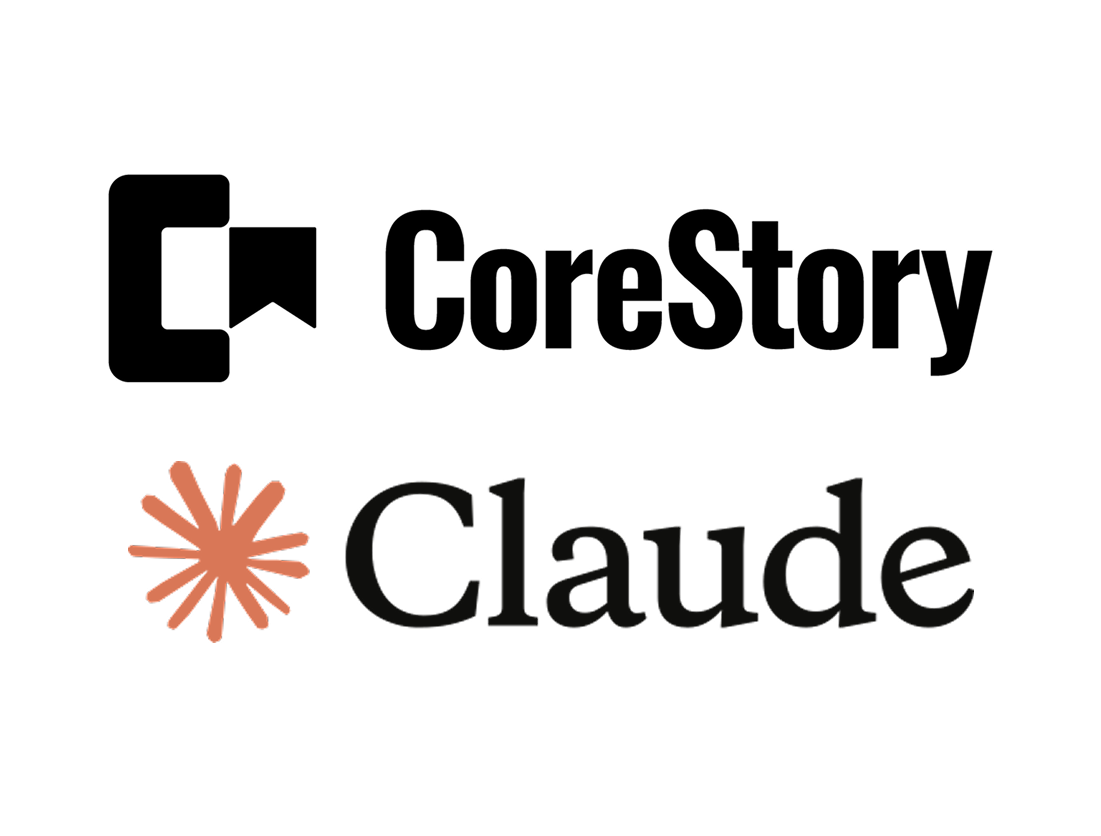Let Claude write serious tests from real system behavior
Automated test generation is usually either too shallow or too brittle to trust. Our CoreStory + Claude Automated Test Generation Playbook is designed to change that, combining CoreStory’s code intelligence with Claude so you can generate dense, high-quality unit, integration, and E2E tests in minutes—grounded in the actual behavior of your system.
The promise: more coverage, earlier bug detection, and measurable ROI within a single sprint.
Why we built this
Teams want more tests, but not more hours spent hand-authoring boilerplate. At the same time, “blind” LLM test generation often misses edge cases, encodes incorrect behavior, or produces unreadable suites. The playbook teaches Claude to treat CoreStory as its source of truth—extracting business rules, flows, and edge cases from the codebase before generating any tests.
You get volume and quality instead of having to choose.
What this playbook helps you do
Using this playbook, Claude will:
- Query CoreStory for structure, dependencies, and business rules before writing a single assertion
- Generate tests in progressive passes: happy paths, edge cases, error scenarios, then integration/E2E
- Apply consistent standards to every test: descriptive names, AAA structure, realistic data, explicit edge cases
Teams can realistically aim for dozens of solid test cases within about ten minutes, with 90%+ alignment to actual acceptance criteria and a meaningful reduction in manual QA time.
What’s inside
The playbook includes:
- A role-based guide for developers, leads, and QA
- A quick start sequence and prompt library tailored to test generation
- Quality checks and review gates so you can keep tests maintainable over time
- A pragmatic coverage strategy (test pyramid + risk tiering) to focus effort where it matters most
Who this is for
If your team is sitting on a growing backlog of “we should add more tests” and you’re experimenting with AI assistance, this playbook is meant for you—especially if you’re working with complex or legacy systems that are hard to reason about without deep context.
How to get started
Connect CoreStory to your target repo, enable the Claude integration, and follow the quick start path in the playbook for one representative service. Use the suggested metrics—time-to-tests, coverage of acceptance criteria, and QA time saved—to decide how far and how fast to roll it out.

.svg)



.png)
.png)